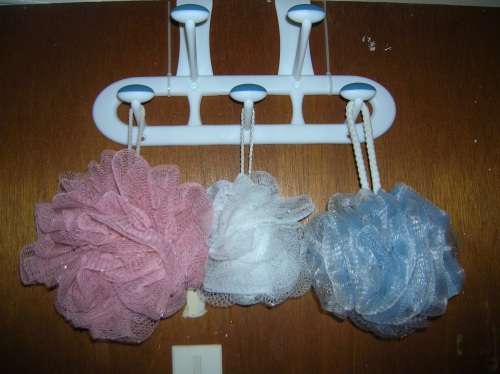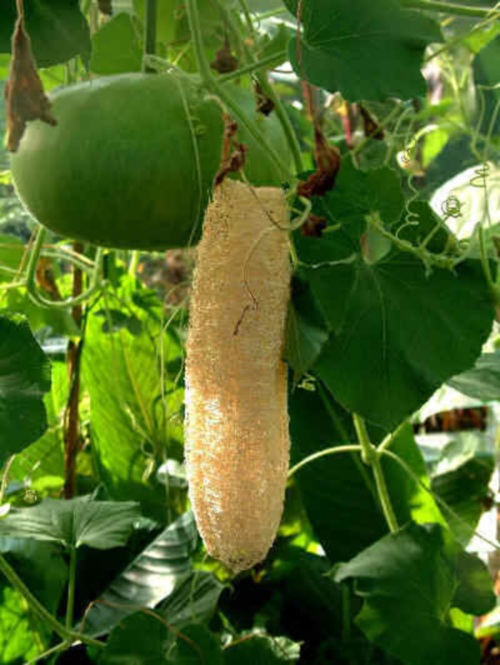Next time you think about throwing away that dirty, beat-up old loofah pad, you might want to think again.

Shungui Zhou and a group of his colleagues have published a study in the ACS journal Environmental Science & Technology that describes the pairing of loofahs with bacteria to create highly efficient, power-generating microbial fuel cells (MFCs).
Loofahs, which come from the fully ripened fruit of loofah plants, are commonly used as bathing sponges.

The reason why they make for an effective MFC is due to their very large pores. You see, the holes (pores) in the cells’ electrodes of current MFC devices are, more often than not, too small for bacteria to spread out. As a means of clearing this hurdle, researchers recently turned to plant materials as an alternative, hoping it would not only be more efficient but also prove less expensive.
Alas, studies have shown their pore size to be an issue as well.
What the scientists discovered is that when nitrogen-enriched carbon nanoparticles were applied to the inexpensive loofah, and then loaded with bacteria, the resulting MFC they created performed significantly better than traditional MFCs.
“This study introduces a promising method for the fabrication of high-performance anodes from low-cost, sustainable natural materials,” the researchers state.
For more insight into the study, you can purchase the full report at pubcs.acs.org
Advertisement
Learn more about Electronic Products Magazine





